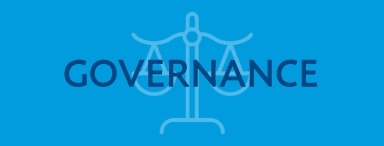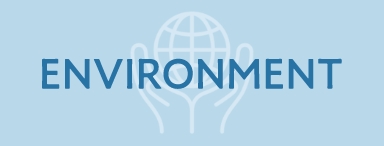1.Governance
Recognizing the growing importance of building a sustainable society through social issue resolution while enhancing corporate value, we established the 'Sustainability Promotion Committee' in July 2022. Chaired by the group CEO, the Committee convenes at a minimum once per quarter, to drive sustainability-focused management.
The Committee deliberates on sustainability policies and strategies, setting plans and defining performance targets while considering sustainability-related risks and opportunities. It also monitors progress and reports its findings and recommendations to the Board of Directors at least twice a year.
The Board of Directors oversees all sustainability-related risks and opportunities across the company. It reviews reports from the Sustainability Promotion Committee and supervises/ deliberates on the development and execution of action plans to address these issues.
In addition, we established the 'Sustainability Promotion Project’ (from now on 'the Project') to implement the Committee’s decisions and drive sustainability initiatives in collaboration with Rigaku’s group companies and divisions. Within the Project, members discuss and promote sustainability efforts at the working level, including consolidating agenda items for the Committee, making internal adjustments as needed based on the Committee's instructions and submitting reports and recommendations for further guidance.
We regularly evaluate and refine our goals, identify key priorities, and communicate risks, opportunities, and financial impacts to our stakeholders.
The chart is shown. on the right.
- Board of Directors
-
Oversee
Report and Propose
- Sustainability
Promotion
Committee -
Direction
Report and
propose
- Sustainability Promotion Project
-
Request
Report and propose
- Each company and division




